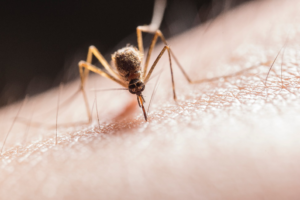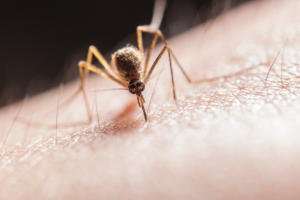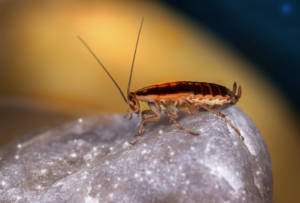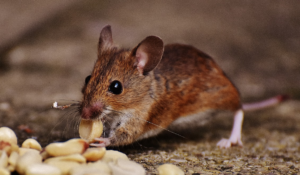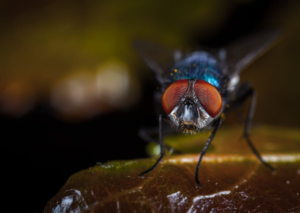The Lifecycle of Common Household Pests: Understanding Your Enemy
Pests are unwelcome guests in any home, and understanding their lifecycles is crucial in the battle against these invaders. Common household pests such as ants, cockroaches, and mice have distinct lifecycles that allow them to thrive in our living spaces. By gaining insight into these lifecycles, you can develop effective strategies to keep your home pest-free.
Ants:
Ants are persistent little creatures that often find their way into our kitchens and pantries. Their lifecycle begins with an egg, followed by a larval and pupal stage. Once they reach maturity, they become worker ants, foraging for food and bringing it back to the colony. Understanding that an ant infestation may involve thousands of individuals working together emphasizes the importance of eradicating them at the source—the nest.
Cockroaches:
Cockroaches are notorious for their resilience and adaptability. Their lifecycle consists of three stages: egg, nymph, and adult. Nymphs are smaller versions of adults, and as they mature through several molts, they gradually grow into the larger, winged adults we associate with these pests. To combat cockroaches effectively , it’s essential to target both the adults and nymphs and eliminate hiding spots where they lay their eggs.
Mice:
Mice are prolific breeders, making them challenging pests to control. A female mouse can produce up to 10 litters per year , with each litter containing 6-8 pups. Understanding the mouse lifecycle involves recognizing their ability to reproduce rapidly and their preference for nesting in warm, secluded areas. To prevent mouse infestations, seal any entry points, and promptly address any signs of activity.
Bedbugs:
Bedbugs have become increasingly common household pests in recent years. Their lifecycle comprises five stages: egg, nymph (which goes through five instars), and adult. Bedbugs feed on blood, typically at night, and are notorious for their ability to hide in cracks and crevices. Eliminating these pests often requires a combination of thorough cleaning, steam treatment, and professional pest control.
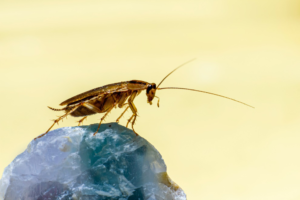
Termites:
Termites are silent destroyers, often causing extensive damage to homes before they are even detected. Their lifecycle includes the egg, nymph, and adult stages. Termites feed on cellulose found in wood and paper products. Preventing termite infestations involves regular inspections, maintaining a dry environment, and treating affected areas promptly.
Understanding the lifecycles of common household pests is the first step in effective pest management. It allows you to target the pests at vulnerable points in their development, reducing their numbers and preventing future infestations.
Regular pest inspections by a reputable pest control service such as Xterminator Pest Control can also help identify infestations in their early stages and preventing costly damage to your home. Our pest control company also specializes in rodent control and bed bug treatment in Columbus.
The post The Lifecycle of Common Household Pests: Understanding Your Enemy appeared first on Xterminator Pest Control.

